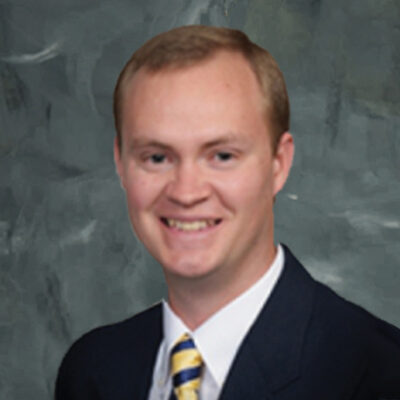December 11, 2023
Corn and Soybean Basis Levels Remain Weaker than Normal but are Strengthening
by Nathanael Thompson
Corn and soybean basis remains weaker than normal in many parts of the United States. For example, in Central Indiana corn basis the first week of December was $0.45/bu. under March ‘24 corn futures. This is $0.36/bu. weaker than the three-year historical average basis level for the same time and region. In fact, this year’s corn basis levels are the weakest we have seen this late in the year since the beginning of the trade war in 2018. However, note that despite weaker than normal basis levels, corn basis in Central Indiana has strengthened $0.24/bu. relative to March ’24 futures in just the last two weeks.
Soybean basis in Central Indiana the first week of December was $0.47/bu. under March ‘24 soybean futures. This is $0.28/bu. weaker than the two-year historical average basis level for the same time and region. Again, these are the weakest soybean basis levels we have seen this late in the year since the 2018 trade war. However, notice that weaker than normal basis levels this year are still quite a bit stronger than 2018 levels given the disproportionate effect of the trade war on soybeans. Despite weaker than normal soybean basis levels, soybean basis has been steadily strengthening at a similar rate to the two-year historical average since October.
Our research suggests that this weakness in basis levels is likely to persist for the next 8 to 12 weeks. In other words, if you are forecasting basis between now and February 2024 you would likely want to adjust historical averages to reflect current weakness. After that, our results suggest that reverting to the historical averages, ignoring current weakness, would be the best forecast of corn and soybean basis levels. For more insight on determining the best basis forecast for corn and soybeans check out this article.
As always, be sure to visit the Purdue Center for Commercial Agriculture Crop Basis Tool to check current corn and soybean basis levels and historical basis trends in your local area.
TAGS:
TEAM LINKS:
RELATED RESOURCES
UPCOMING EVENTS
December 1 & 8, 2025
Join Purdue Extension for a two-part workshop designed to help you gain a clearer understanding of tax planning essentials. The first session on December 1 will focus on the fundamentals of farm taxes, with particular emphasis on strategies that can be used in a low net income year. The second session on December 8 will focus on key tax strategies and will allow plenty of time for questions. Registration cost is only $20.
Read MoreDecember 15, 2025
This program provides in-depth coverage of agricultural and farm tax issues. In addition to covering timely tax issues, we will cover disaster tax issues, depreciation and expensing farm assets, retirement planning for farms, and tax planning in low-income years. This year’s webinar will be co-taught by a team from Ohio State and Purdue Universities.
Read MoreJanuary 27 or 28, 2026
Farm Shield is more than a conference, it’s a commitment to helping agricultural families build resilience and plan for a secure future. Don’t miss this opportunity to protect your legacy!
Read More

